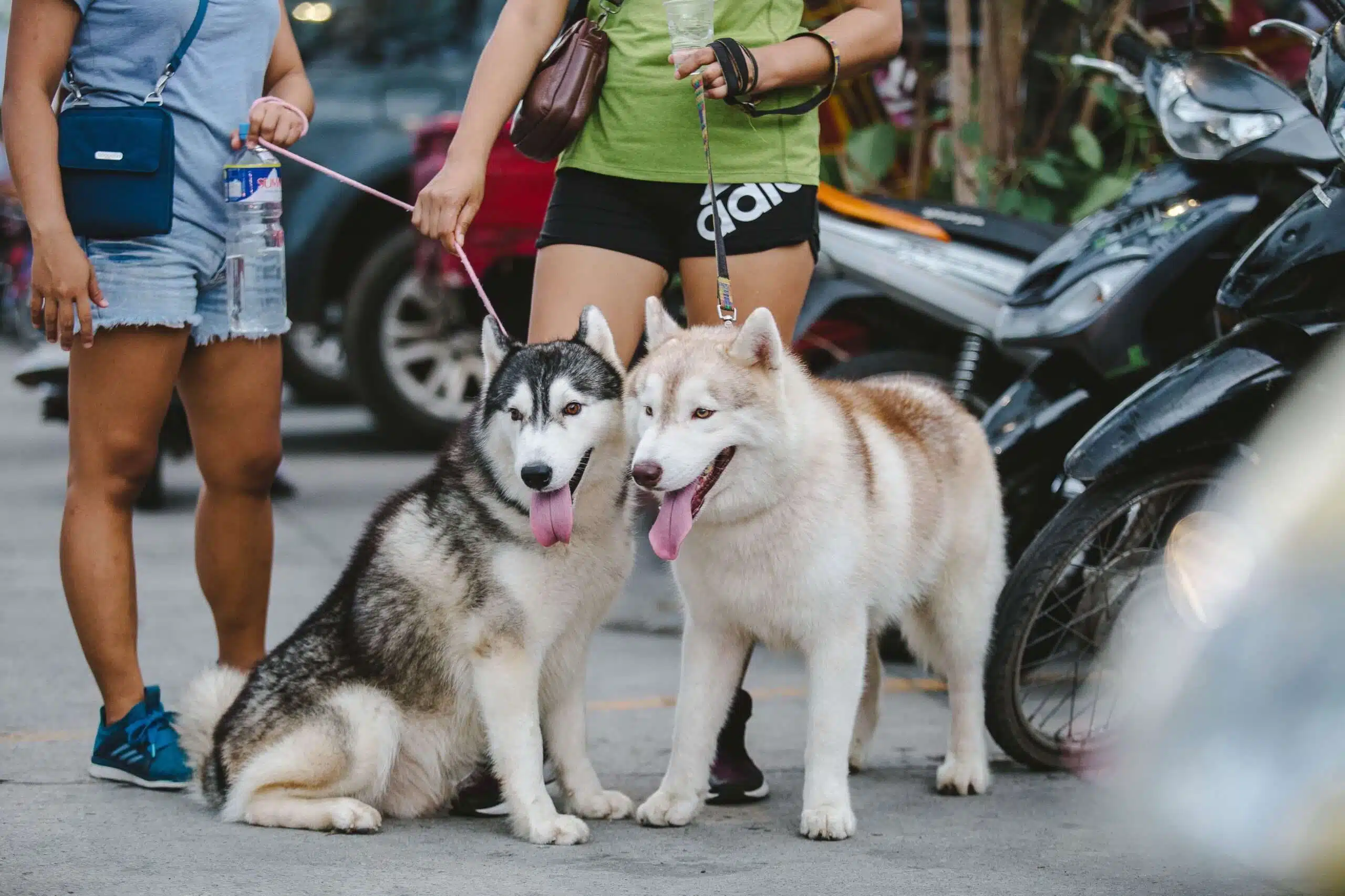Alaskan Malamute

If you’re planning on walking an Alaskan Malamute, be aware that they are big, powerful dogs who were bred to pull sleds. They can easily outrun and overpower you if given the chance. Not only will they attempt to roam for miles if not properly tethered, but they may also become aggressive with other animals–even hunting and killing them.
Malamutes are also difficult to keep behind a fence because they’re excellent diggers and climbers. If you want them back, Malamutes need to have microchips as well as ID tags on their collars at all times. While Malamutes generally live contentedly in kennels because they get regular exercise and interesting work, it’s not a great idea to enclose them in your backyard. You can forget about having a pool-sized hole or being best friends with your neighbors if you do, since Malamutes see fences as intriguing obstacles instead of barriers.
If you’re still interested, then one of the Alaskan Malamute’s many positives might sway you. They tend to be good-looking dogs, with an ancient appearance that makes you feel like you’re in a cold tundra even when you’re just looking at them on your suburban lawn. They also absolutely love children, but as is the case with all large breeds, they require supervision around kids.
Because of a few genetic diseases that commonly plague malamutes as well as some temperament issues, you should only get your dog from an experienced breeder who does health screenings and temperament tests or from a reputable rescue group that evaluates the dogs for things like personality and whether they’d be a good fit for your family.
- Group AKC Working
- Origin United States
- Size Large
- Weight 65 to 100 pounds
- Coat Length Medium
- Coat Type Double
- Colors Black, Gray, Red, White
- Other Names Mal, Mally
- Temperament Affectionate, Devoted, Dignified, Friendly, Loyal, Playful






